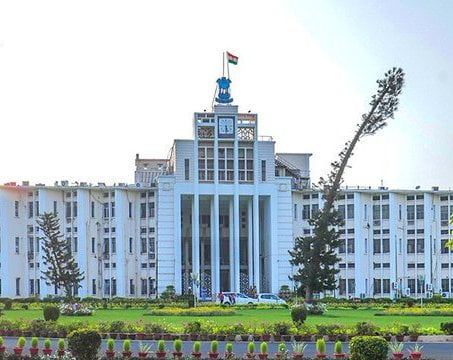State Of Governance 1: Is BJD Leader’s Outburst Against IAS Officer Sign Of A Deeper Malaise?

Bhubaneswar: The recent outburst by senior BJD leader Pravat Biswal and his MLA son Souvic against an IAS officer in front of the Cuttack collector and video cameras might not have got the attention it deserved owing to the COVID pandemic but it has certainly triggered a debate that could speak volumes about the state of governance in Odisha.
Was the Biswal duo’s tongue lashing aimed at Cuttack Municipal Corporation (CMC) commissioner Ananya Das on May 11 over rehabilitation of evicted slum-dwellers a spur-of-the-moment episode? Or, is it symptomatic of a deeper malaise? Well, the father (a former legislator) and son (incumbent Choudwar-Cuttack MLA) might be having their own personal axe to grind against the 2015 batch IAS officer, who got a cadre transfer from Gujarat to Odisha on grounds of marriage to one in the service, but there can be no denying the simmering discontent among the state’s political class against the bureaucracy.
While it is an open secret that it is the IAS and the IPS officers who have since long reigned supreme in Odisha, more so during Chief Minister Naveen Patnaik’s 21-year stint at the helm, the political leaders’ perceived ineptitude to assert their position as the ‘masters’ in a democratic setup has over a period of time gradually pushed them against the wall. During erstwhile Congress governments in the state headed by J B Patnaik, Hemananda Biswal and Giridhar Gamang in the 1980s and 1990s, too, there were ‘powerful’ babus who wielded considerable influence and had ministers in audience. The Biju Patnaik dispensation in the early 1990s also had a few chosen officers who called the shots. However, the odds were then not stacked in favour of the bureaucrats.
With the BJD’s emergence as a regional power at the turn of the millennium and Naveen’s preference for the IAS clan, including bureaucrat-turned-politician Pyarimohan Mohapatra, owing to certain plausible advantages (to be discussed subsequently in this series) the dynamics got skewed in favour of the officialdom. So much so that even junior officers have perceptibly been more important in the scheme of things than senior netas!
Though Pyarimohan fell from Naveen’s grace after he allegedly attempted a coup on May 29, 2012, the power equations have continued to remain loaded in support of the babus, with ministers what to speak of MPs and MLAs ostensibly not being able to play their part in a highly centralised governance model. Leave aside the Opposition lawmakers, ruling party members even grudgingly speak, at times in public but more often in private conversations, about them being made to play second fiddle.
Instances of legislators complaining on the floor of the Assembly about certain district collectors and other officers not extending due respect and courtesy as ordained in the rules (Book Circular 47 of parliamentary affairs department that deals with relationship of MPs & MLAs with government servants) are galore. At times, the complaints seem genuine considering the ‘attitude’ of certain officers while at times the politicians use the privilege enjoyed by them as lawmakers as an alibi to settle personal scores against bureaucrats. Also, in the past senior BJD leaders have used party gatherings or media platforms to vent their displeasure. But what is galling is the lack of visible action against officers who are at fault, thereby making the people’s representatives seem subservient to them. Whether such a situation in a democracy is serving the interests of a few or meeting the lofty purpose of larger common good is anyone’s guess.
(This article is the first part of our series titled ‘State of Governance’)

Comments are closed.